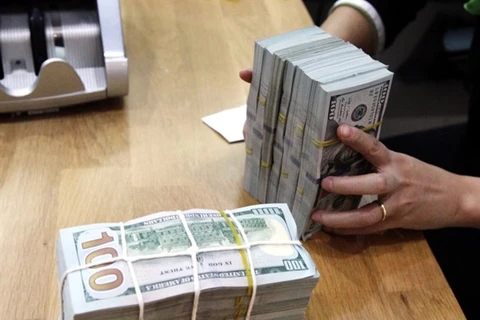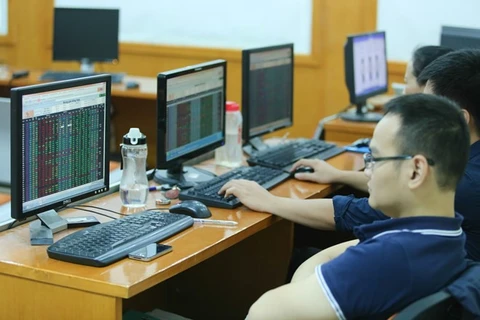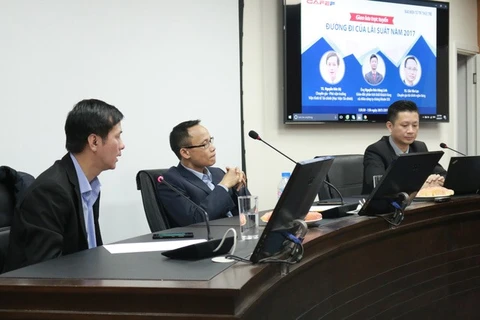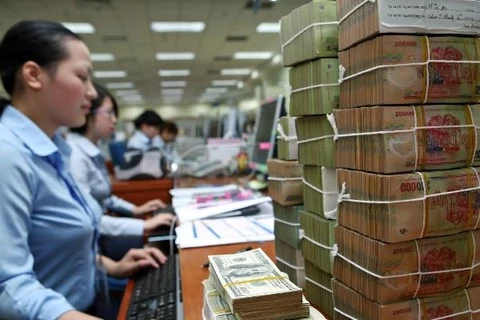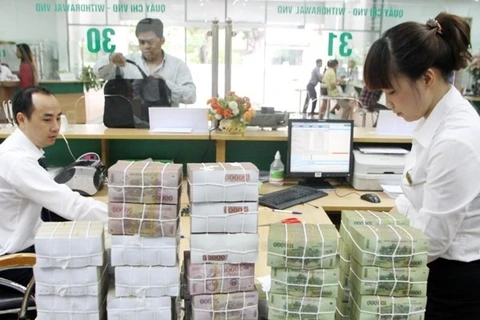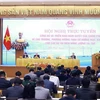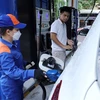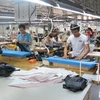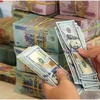Some weak banks that are undergoing restructuring might get out of the worse thanks to unprecedented support measures under a new law.
(Photo: thoibaokinhdoanh.vn)
Hanoi (VNA) - Some weak banks that are undergoing restructuring might get out of the worse thanks to unprecedented support measures under a new law, experts have said.
The revised Law on Credit Institutions, which has taken effect since January 15 this year, includes many regulations to help weak banks rebound and resume healthy performance with support from the State Bank of Vietnam (SBV) and other strong credit institutions that are entrusted to support the weak ones.
According to experts, weak banks need to have good liquidity to resolve their problems, however, it is not easy, especially when their brands are negatively affected due to being put under the special supervision of the central bank.
Without liquidity, their accumulated losses will become more serious as they have to continue paying deposit interest rates to have the capital for balancing non-profit assets and funding costs of rising bad debts.
Banking expert Nguyen Tri Hieu reveals to online newspaper thoibaokinhdoanh.vn that the central bank has many devices to help weak banks improve liquidity so that they have enough money for operation. The liquidity support is very important for the banks to have a chance of rebound before the central bank takes other measures.
Under the new law, when a credit institution has been put under the SBV’s special control, SBV shall decide on measures to deal with the institutions, including those to recover the institutions.
The law stipulates that during the recovery period, weak banks can receive preferential loans, even at an interest rate of zero percent, from the SBV. They can also receive deposits or loans at preferential interest rates from their supporting credit institutions, along with a permission of buying corporate bonds of the supporting credit institutions.
In addition to the provisions on liquidation, the law also regulates a host of other amendments, which aim to improve the governance and operation of weak credit institutions.
Analysts said these new regulations provide the legal framework necessary for the Government to better handle underperforming banks.
During the past four years of the country’s banking system restructuring, the SBV had to compulsorily acquire three weak banks — Vietnam Construction Bank, Ocean Bank and GP Bank — at zero dong.
The restructuring has been also implemented in other weak banks for the past few years and some of them have tended to perform better. The National Citizen Joint Stock Commercial Bank (NCB), for example, has increased its charter capital beside promoting financial services and restructuring board of directors. Especially in 2017, this bank gained a net profit of about 265 billion VND (11.6 million USD), up 26 percent over the same period of 2016.
Under the new rules, banks which have successfully restructured like NCB will certainly have more opportunities to perform better.-VNA

